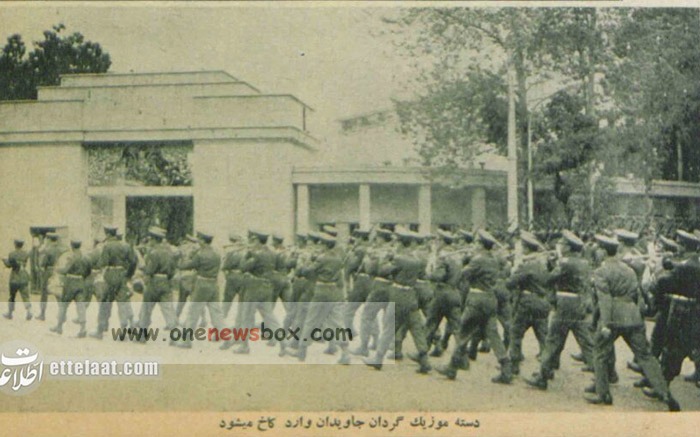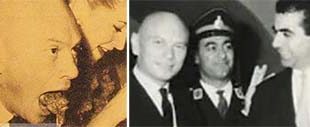The 1979 Revolution: Neutrality and Collapse
As revolutionary fervor gripped Iran in 1978–1979, various sectors of the army became paralyzed by indecision, fear, and political confusion. Many expected the Immortal Guard to be deployed against protesters and revolutionary groups, especially given its loyalty to the Shah and elite training. However, the Guard was largely withheld from direct confrontations, especially in urban centers.
Following the Shah’s departure from Iran on January 16, 1979, the regime’s command structure began to collapse. On February 2, Admiral Badrei and Admiral Neshat initiated a maneuver involving the Immortal Guard’s infantry division and a tank battalion in the Lavizan region of northern Tehran. This was meant to signal the military’s strength and reassert its authority over the capital. However, the show of force failed to deter revolutionary forces.
On February 11, after clashes between pro-revolution air force officers (known as Homafarans) and loyalist troops at Doshan Tepeh Airbase, Immortal Guard units were dispatched to restore order. The confrontation escalated, and rumors spread of attacks on Tehran’s machine gun factory, a potential game-changer for the revolutionaries if captured.
Despite General Badrei’s direct order to mobilize more Immortal Guard units, Major General Ali Neshat, the then-commander of the Immortal Guard, refused. Citing the unit’s specialized mission to protect royal sites, he declined to intervene in urban clashes. The next day, on February 12, he issued a radio message publicly declaring his support for the revolution. This was a watershed moment: the Immortal Guard, once the Shah’s elite Praetorian force, had effectively surrendered.

